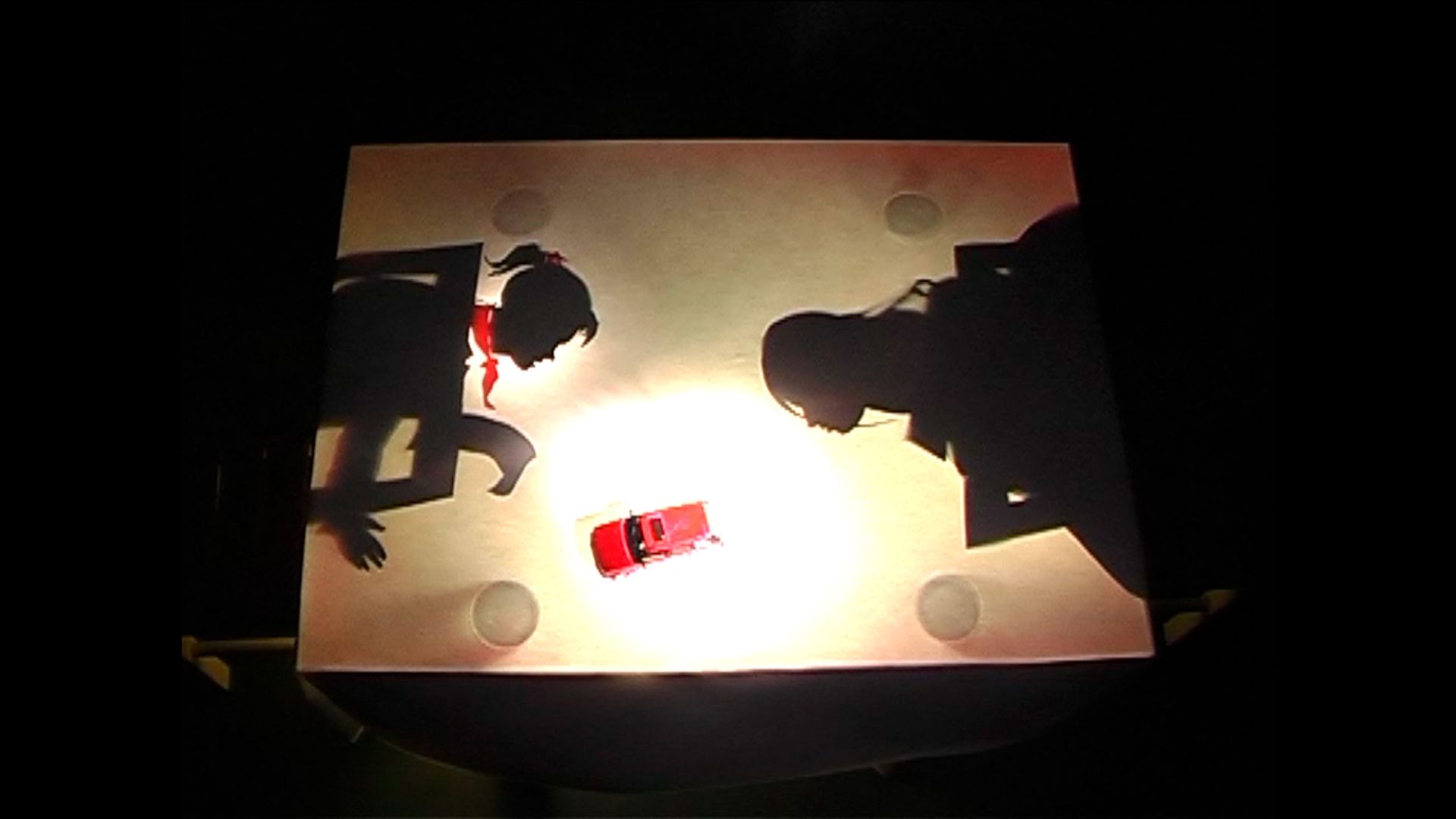Description
VÉNERA KASTRATI
VÉNERA KASTRATI (1975) Red/White, Mirupafshim, Shadows of Voices 2007 Coloured DVD video without sound, 2'11'' lenght, ed. 2/3 Work accompanied by a certificate of authenticity issued by Galleria Federico Bianchi Contempoaray Art, Milan and signed by the artist PROVENANCE: Galleria Federico Bianchi Contempoaray Art, Milan Private collection, Lecco
You may also like
